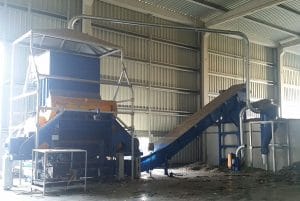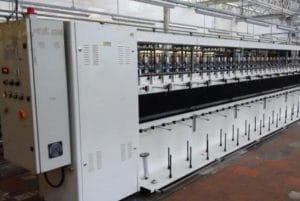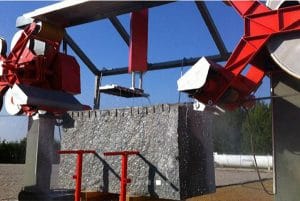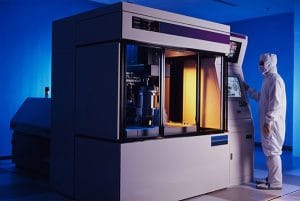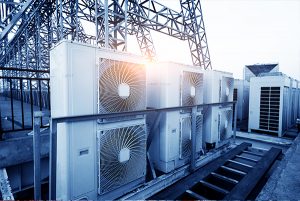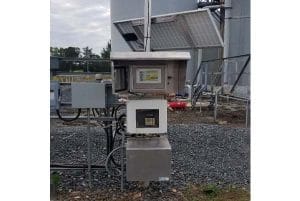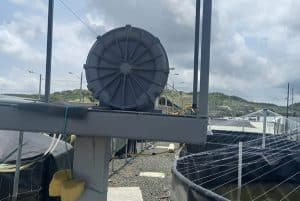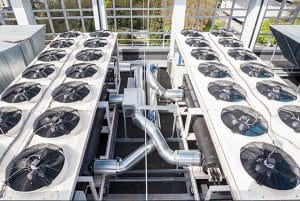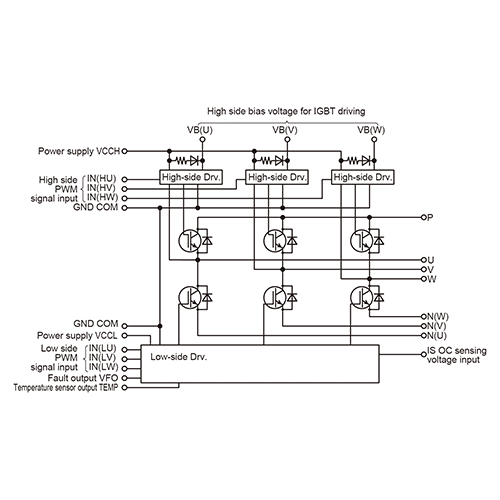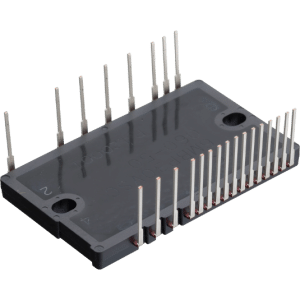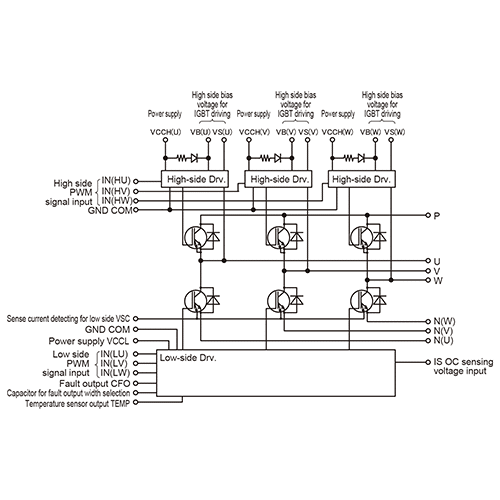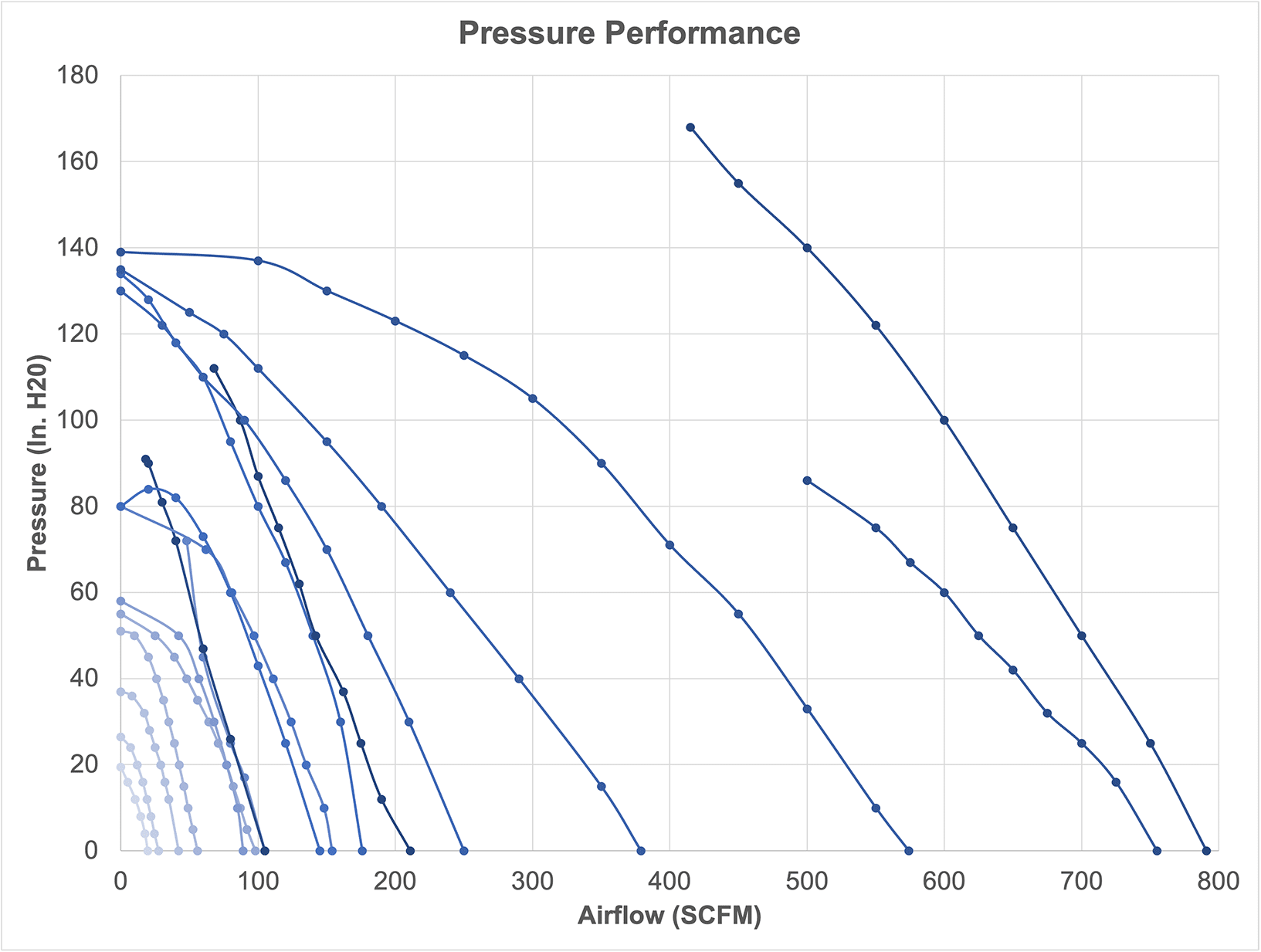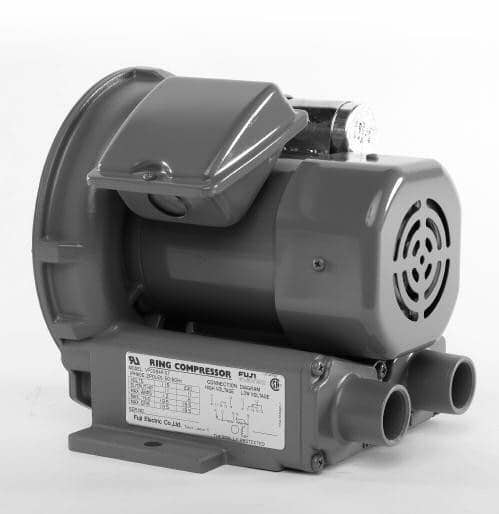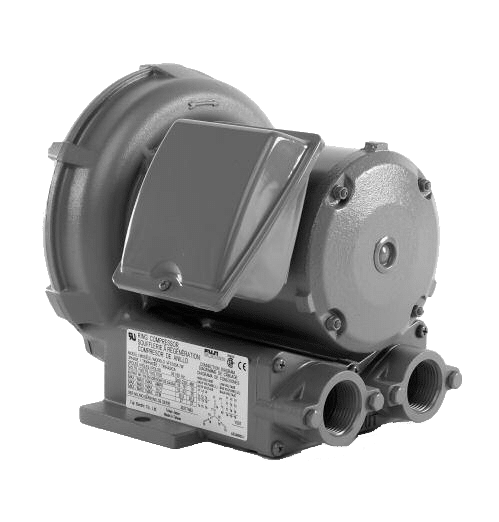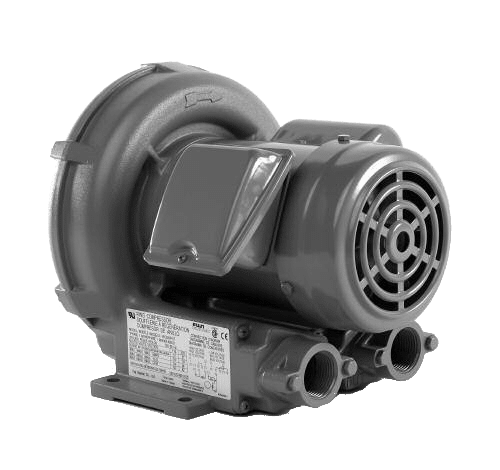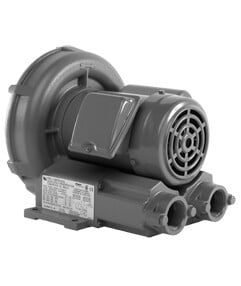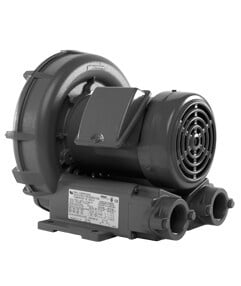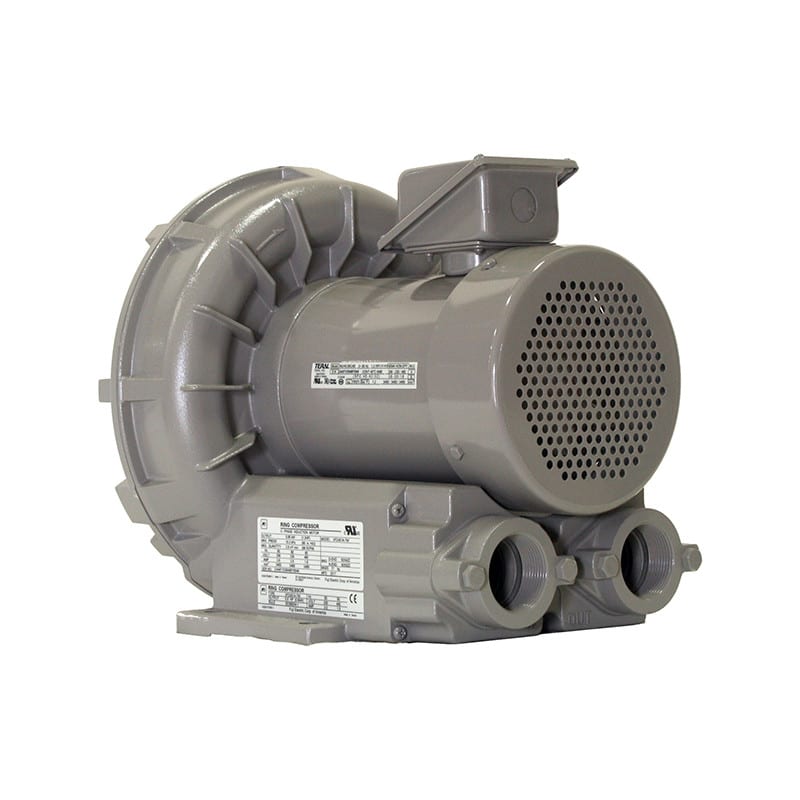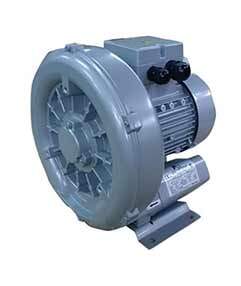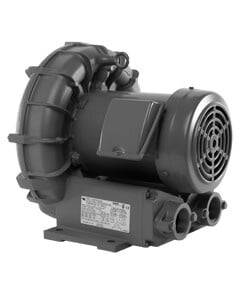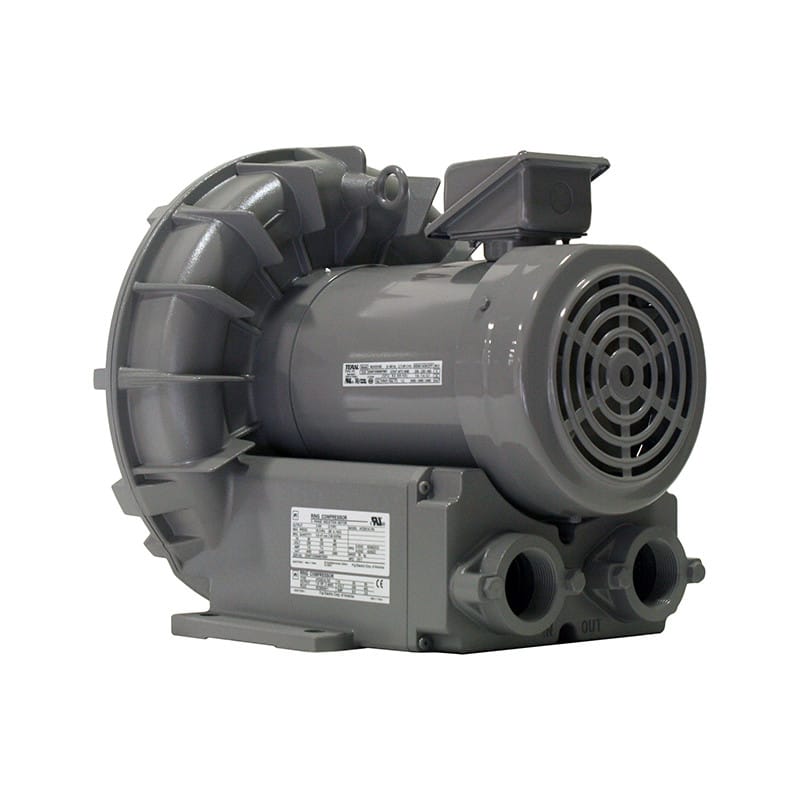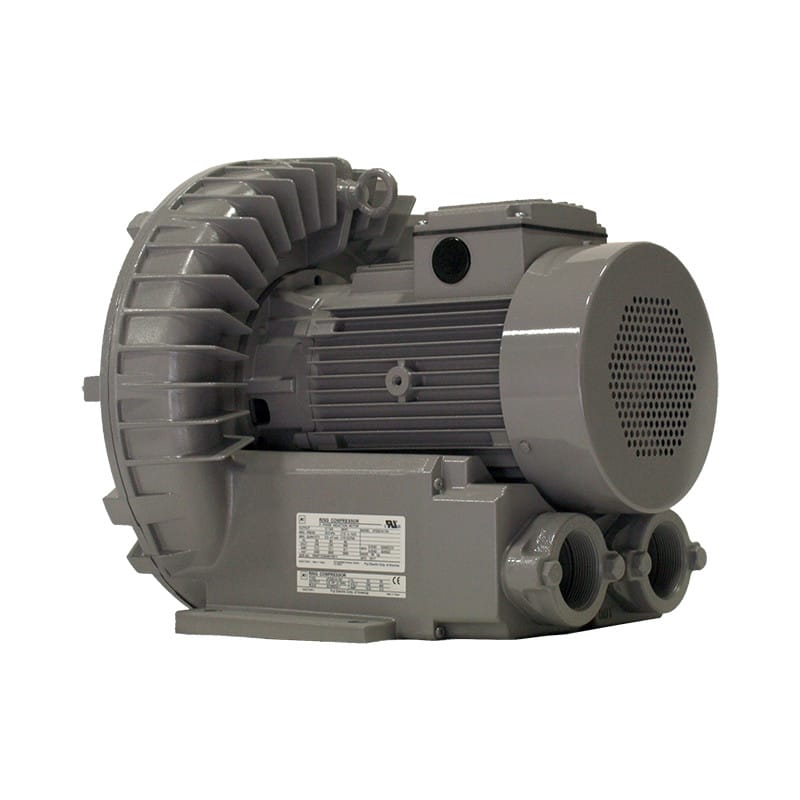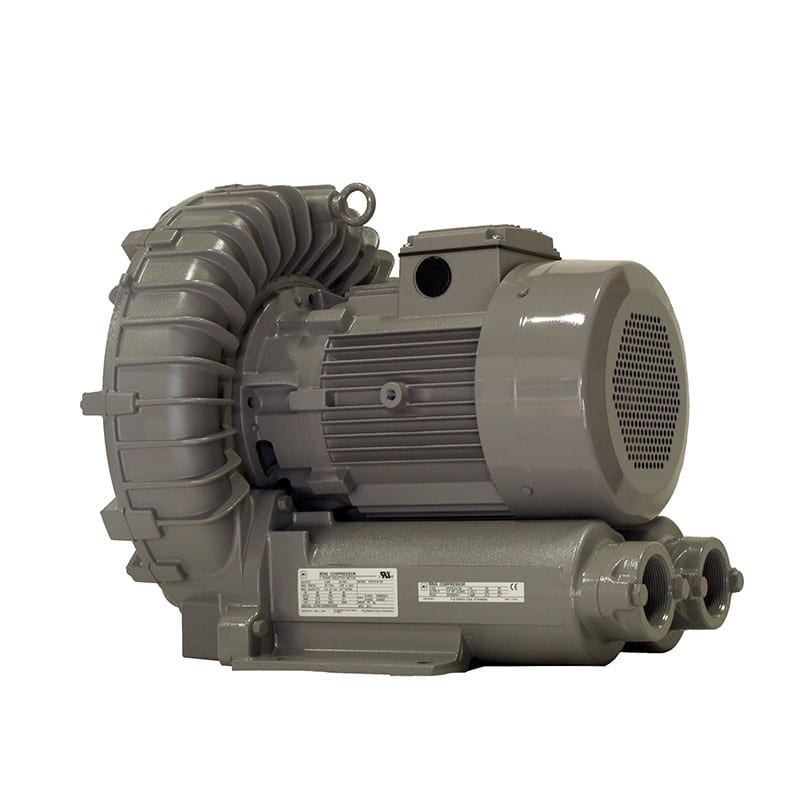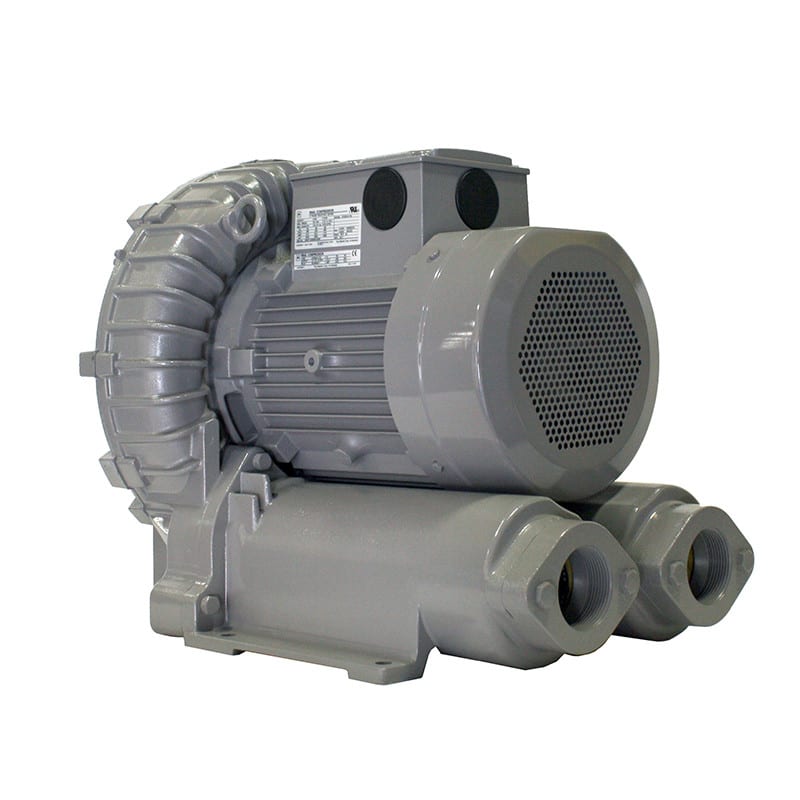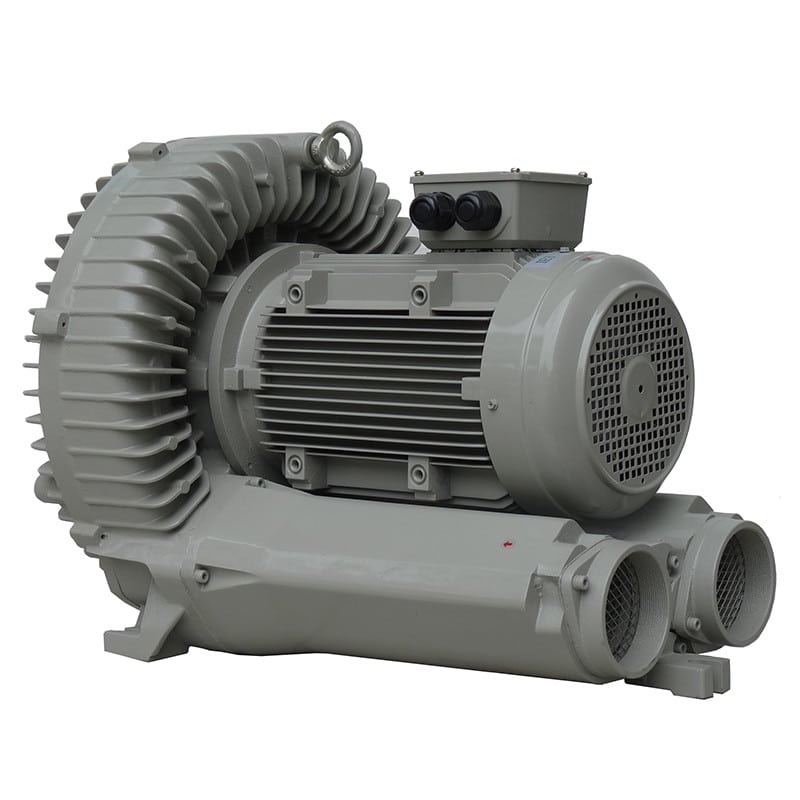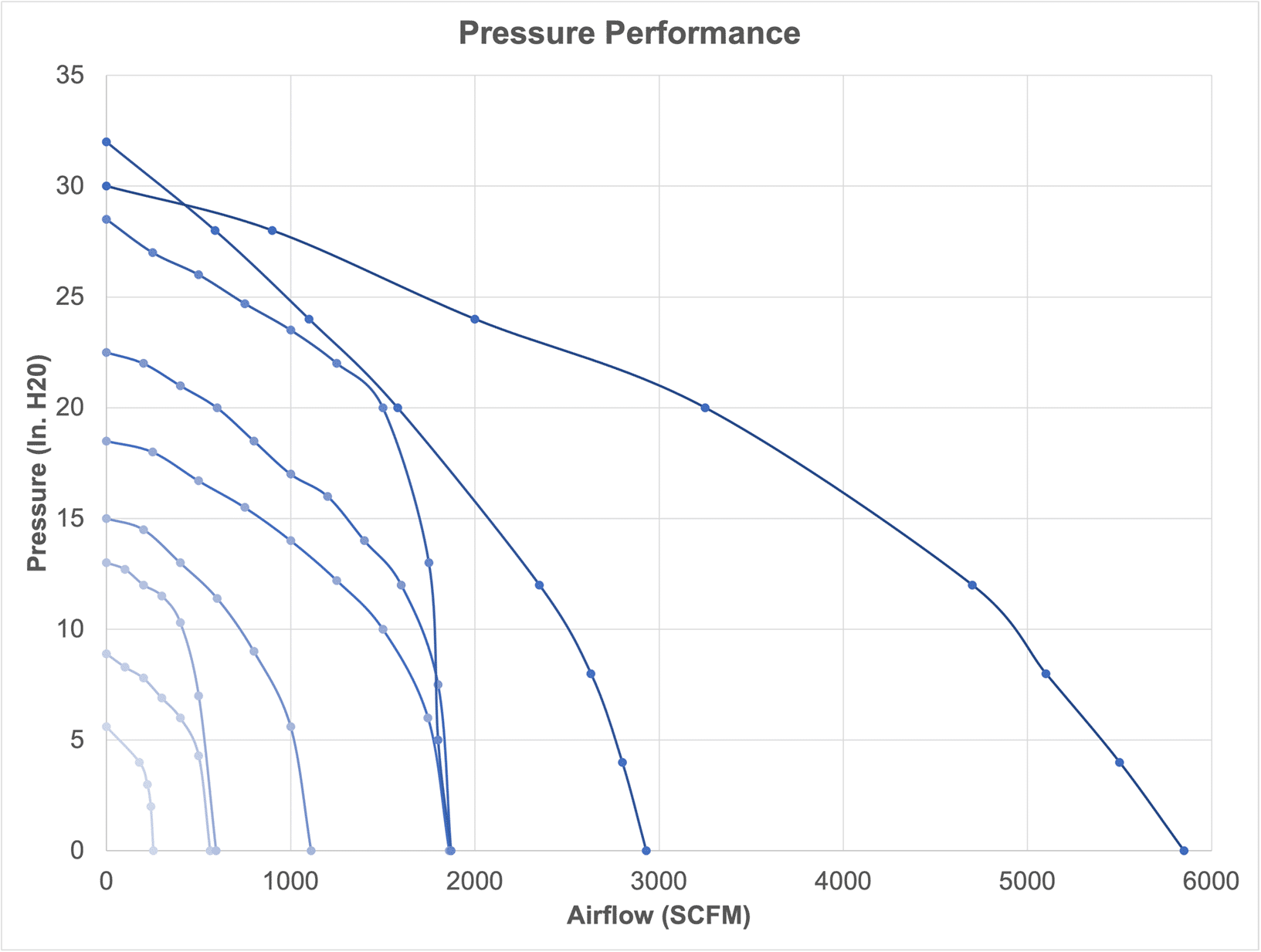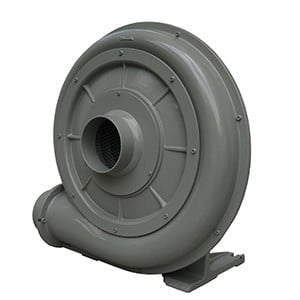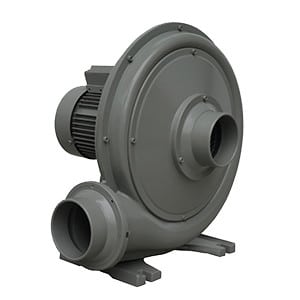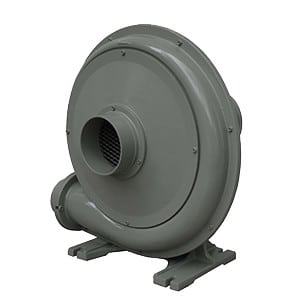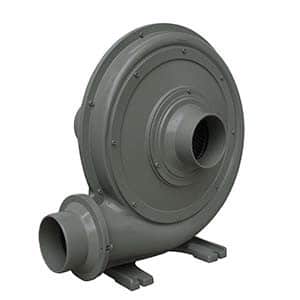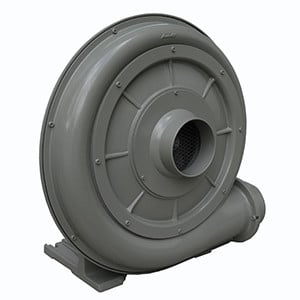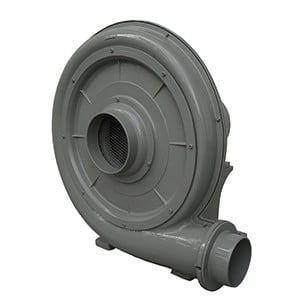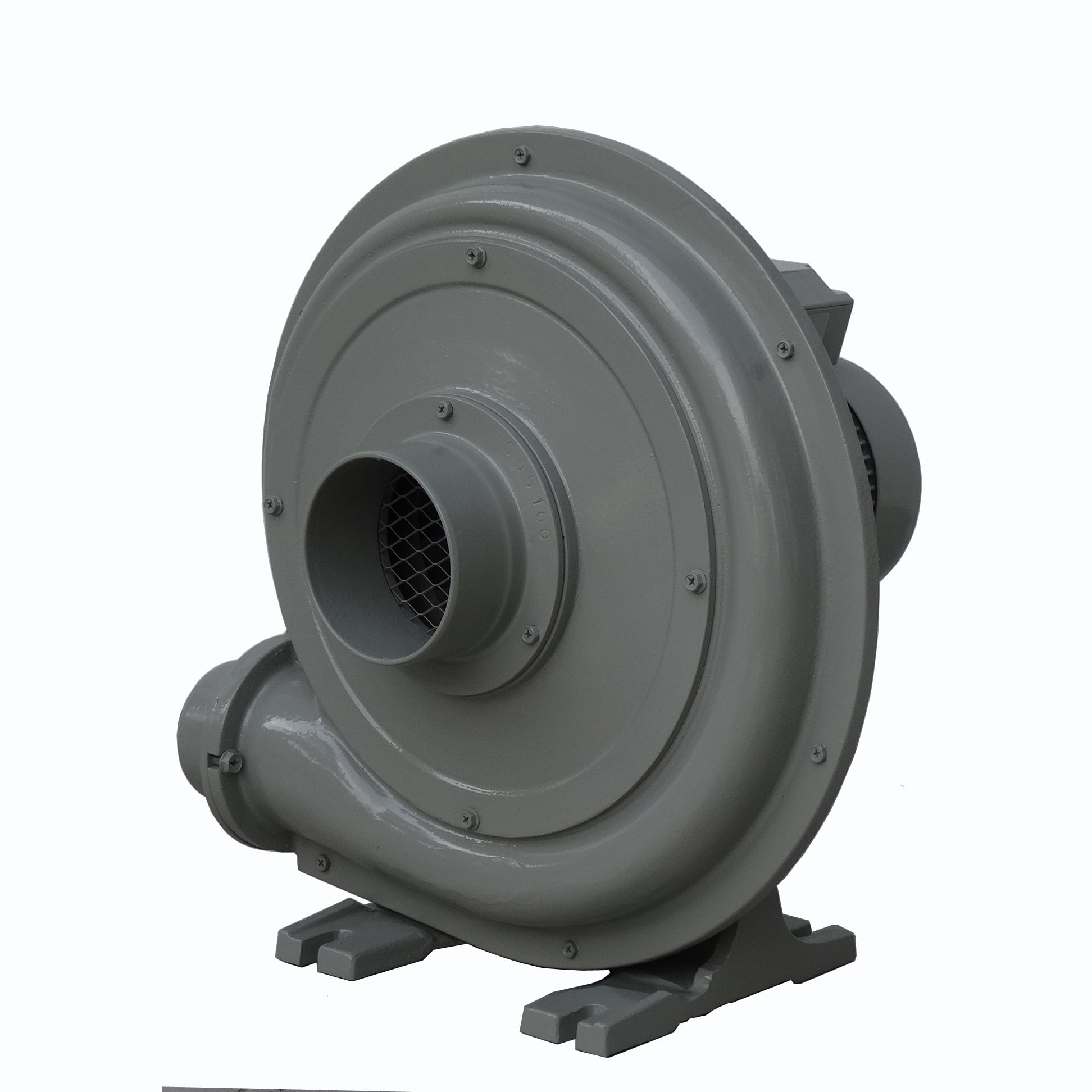From electric vehicles to advanced energy systems, power electronics increasingly demand greater power capacity within a smaller footprint. Designers are challenged to create modules with high power density, enhanced thermal efficiency, and scalability, allowing for miniaturization while pushing the boundaries of power without excessive thermal management issues.
In railway applications, high reliability is crucial, requiring optimization of potential weaknesses such as mismatches between the chip, baseplate, and heatsink. IGBT power modules are widely used in electric railways due to their lower internal inductance, improved heat dissipation, and ease of connection. Since their introduction in high-powered locomotives in the mid-1990s, replacing gate turn-off (GTO) thyristors, the power handling capacity of these modules has steadily increased. However, to achieve high current ratings, these devices must be easily paralleled. The increased efficiency reduces power losses, leading to fewer components and greater reliability.
To achieve optimal results, all these parameters must be optimized at both the device and package levels. High Power next Core (HPnC) IGBT modules are specifically designed for railcars, this parallelable module reduces power dissipation, increases power density, and enhances reliability. A thermistor is integrated into the HPnC package to monitor the temperature increase within the module. This combination of technologies enables the HPnC to demonstrate:
- A small internal inductance
- An increase in current density with new 7th generation chip technology
- Improvements on the assembly of parallel connections
- A high reliability with ultrasonic bonding technology and improved base plate materials
Small Internal Inductance
Here’s a reworded version: Both internal inductance and external stray inductance affect the current rise rate (di/dt), leading to increased overvoltage’s and higher turn-off losses. If the surge voltage generated during IGBT turn-off exceeds the breakdown voltage, it could potentially damage the device. To reduce these losses and maintain a higher switching frequency, it is crucial to minimize both sources of unwanted inductance, thereby allowing the module to operate more efficiently.
Enhanced Current Density
The HPnC achieves enhanced chip current density due to two key factors:
- Advancements in the 7th generation IGBT chip
- Improved thermal resistance of the package
The baseplate of the HPnC is made from MgSiC, a material with nearly double the thermal conductivity of AlSiC. This allows for more efficient heat transfer between the chip and the heat sink, minimizing thermal fatigue, reducing power losses, and enabling significant size reduction.
Easy Parallel Assembly
Railway subsystems require the paralleling of modules to meet application current demands. However, paralleling semiconductor power modules can be challenging, as any asymmetry in the package can lead to current imbalances, uneven current distribution, and thermal stress among the semiconductors. Static current sharing is typically affected by variations in the on-state characteristics of the parallel IGBT devices, the resistance of connections like the bus bar, and the junction temperature of the devices. The effectiveness of current sharing largely depends on the quality of the power modules and the interconnections between them.
In the HPnC modules, the AC terminals are positioned opposite the collector and emitter terminals, simplifying mounting to the main circuit. The AC busbar no longer requires previous extensions, thereby eliminating additional inductance. Experimental results have demonstrated that the current imbalance in the parallel connection of HPnC packages falls within a 6% tolerance (with current ranging between 985A and 1030A at turn-off), making them effectively identical and suitable for railway applications.
Enhanced Reliability
As mentioned earlier, the enhanced baseplate material with high thermal conductivity enables significantly more efficient thermal performance, leading to greater reliability in railway applications. Additionally, ultrasonic bonding technology is used to connect the terminal and insulating substrate of the HPnC, instead of traditional solder bonding. This method improves the module’s thermal cycling capability by aligning the coefficients of thermal expansion (CTE) more closely, thereby preventing wire cracks in thermally stressed power modules.
The HPnC module incorporates substantial advancements at both the chip and package levels, resulting in more efficient operation, higher reliability, and a more compact size. These improvements offer significant benefits for railway applications, where cost, size, and ease of thermal and electrical design are crucial. The enhancements in the HPnC module enable engineers to quickly develop a high-powered railway propulsion system and auxiliary power supply, reducing time to market.





